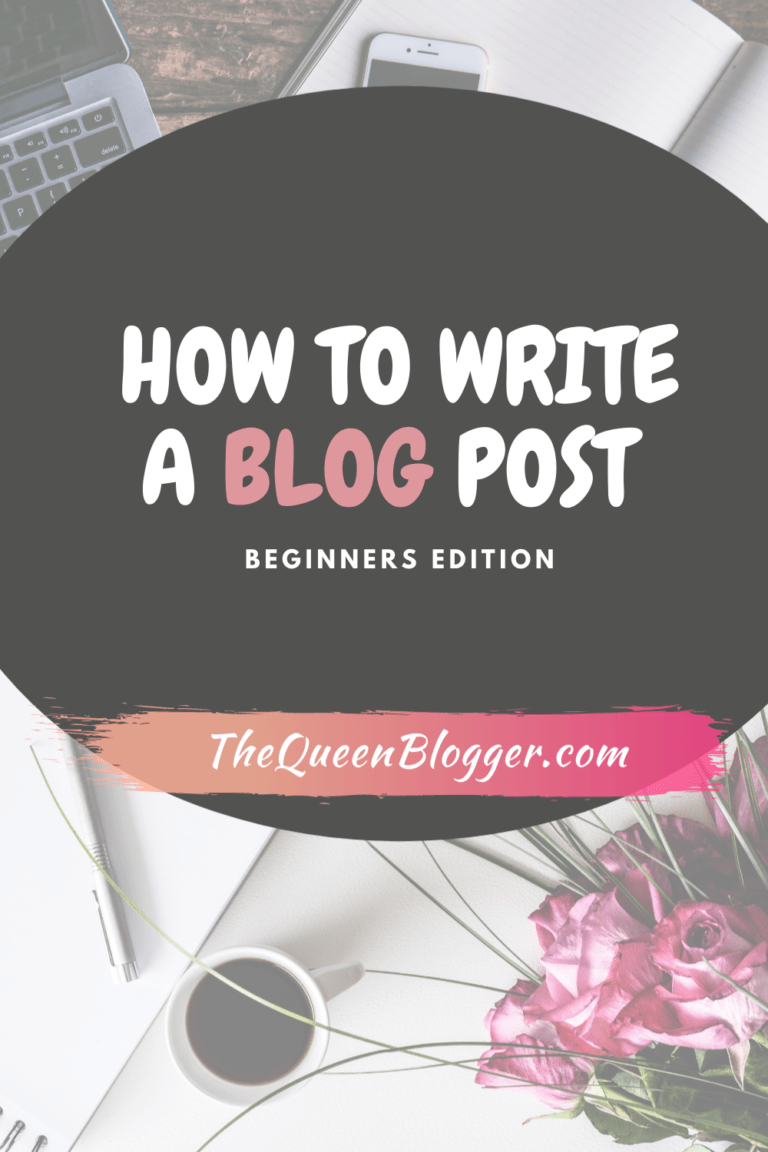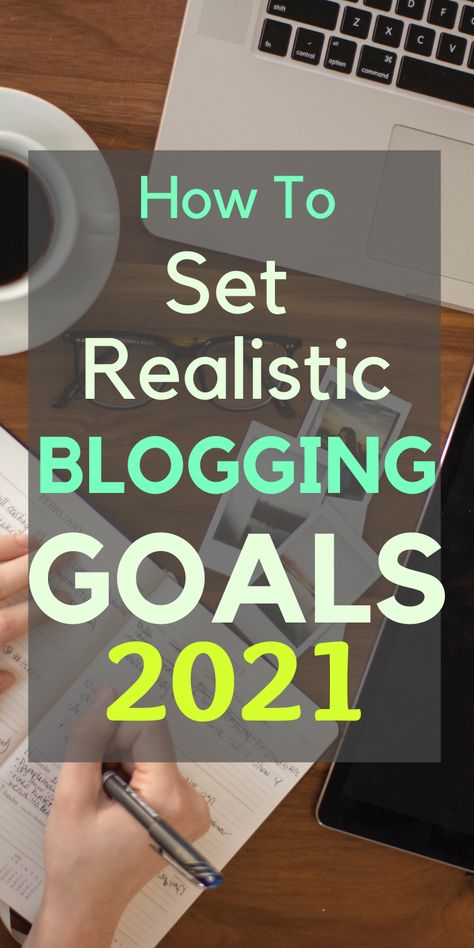Today we are going to talk about Blog Seo and why it’s so important!
Most businesses are run online! To run an online business successfully, you’ll need content. Not just any content, but optimized, informative, and targeted content that will be interesting to read. In other words, you’ll need SEO blog content.
If you run a blog, quality SEO content is a must have! Especially in terms of engagement, organic reach, and spreading your message across to the your audience.
Does this sound too complicated?
Well luckily enough for you it isn’t!
For all curious bloggers out there looking to SEO it up, let’s break it down for beginners on how to optimize your blog, while using different strategies.
I will cover how to create the best user experience to make sure Google notices you, as well as learning the most effective ways to boost your traffic!
Lets Jump Right into It!
This post may include affiliate links. If you make a purchase using any of my affiliate links I may get earn money, at no extra cost to you. As an Amazon Associate I earn from qualifying purchases. To learn more please read the Affiliate Disclosure.

BLOG DESIGN FOR KILLER SEO

When it comes to blog structures and your viewers first impression. Looks matter. Looks are actually just as important as the content itself. It is essential to be both discoverable and user friendly.
Here are some ways to increase traffic to your website through the power of design.
IMAGES
Nothing is better than a nice visual, right?
When used right, images will give readers a clear picture of your content. It’s best that your images match your content, so they can both be elegant and relevant. This encourages readers to keep scrolling. Make sure to find an image that fits your content properly, and attach it near the paragraph that is most relevant.
Keep in mind your images could potentially make your site worse, especially if you are not using the appropriate size images. Images can easily slow down your sites speed, which will then cause a decrease in traffic.
Never overdo plugins. But an image compressor plugin is a MUST. It shrinks and compresses your photos on the back end to keep your site from slowing down.
To fix the problem, do yourselves a favor and download a tool that converts images easily and in .jpg format. This trick will help you give your content some color and will keep your site running at full speed.
Here are some popular plugins below that can help optimize the images on your site!
- ReSmush.it
- ShortPixel
- Imagify
- TinyPNG
SPEED MATTERS A LOT!
Remember the last time you waited for a website to load for more than a few seconds – if that? Me neither, because you probably wont wait. That’s because a website’s speed and blogs go hand in hand.
There are so many “fast” sites online, it is not likely that your audience will stick around to see what happens with your blog.
In fact, slow speed can make you lose views faster than you can with bad content. A bad user experience will directly affect your Google rankings and ultimately hurt your traffic. To fix this, make sure you know how fast your pages are, and try to stick to those that don’t take more than 400,000 milliseconds to load. On the bright side, there are numerous tools that measure your website’s speed, and they work great when used often!
DESIGN A MOBILE-FRIENDLY WEBSITE
In this day and age, smartphones are basically dominating our daily routines. Smartphones are preferred to desktops because they are easy to navigate and take everywhere. Therefore, you want to design your blog to perfectly fit any device and any screen.
Google prioritizes the mobile version of websites, especially in terms of ranking and indexing. In other words, if your blog is not optimized for mobile devices, it ultimately becomes undetectable in the search engine results pages.
If you haven’t done this yet, just spend some time making your website’s design mobile friendly. Many themes use divi makes it easy to view you website in “mobile view.” Doing this will tremendously benefit your blog SEO goals.
HEADER TAGS ARE A MUST FOR BLOG SEO
Tags play a key role in the quality of your blog SEO, as well as a huge part of the strategy to showcase your content. Tags are actually the first thing Google crawlers notice when estimating the quality of your blog.
Having header tags is not only good for the search engine result pages, but also pleases your readers. This is because it makes it easier for them to know what’s to be discussed next – ahead of time!
Want to learn more about Header tags and the parts of a blog post? Check out my detailed post on How to Write a Blog Post where I will explain that in detail!
AVOID DISRUPTIVE POP-UPS
Let’s face it, no one wants constant ads popping up from all corners of a website! So be careful not to overburden your site with numerous, and pointless placed ads.
Adding too many ads on your website will overcrowd it and will make your content difficult to read.
Too many ads can slow down your loading speed, so it can definitely hurt your traffic. When done right, you can earn a lot of income from ads using sites like mediavine and adthrive.
So if you are on the fence about whether or not to advertise or not, it’s okay to place ads. Just only start with a few to see how it effects your site.
Track your analytics, and only trust relevant and engaging ads.
CREATE THE PERFECT WEBSITE NAVIGATION

When it comes to navigation, it is important for your audience to seamlessly glide through your website. That way google’s web crawlers can automatically discover your website by following links – from one site to the next.
Your next goal should be to enable these crawlers to “puzzle” out your website and to start to incorporating internal linking throughout your blog posts.
INTERNAL LINKING
Internal links can improve your blog SEO because it guides readers to pages using the same domain.
By creating a cross-linked reference throughout your blog, you will reinforce the importance of your overall content. Internal linking will increase users’ time on your website, therefore boosting search engine optimization.
But too much of anything can be bad, so be careful not to overuse links!
OPTIMIZE BLOG POSTS FOR SEO
One of the most common blogging mistakes is featuring too many blog categories. By doing this, you give readers a not so pleasant experience. As a result, it will take you more effort to rank your blog on Google.
Understand your audience before writing your content, and categorize your blog in only a few sections. Finding your niche is important when it comes to narrowing down your specific audience.
The next most important thing, is creating the type of content your potential readers are asking to read online, based on a keyword search.
CHOOSE A RELEVANT TITLE
Using a relevant, precise, and catchy title will grab viewers interest to read your blog post.
Again we spend all this time writing blog post for others to read. No one will read your post if they do not ever click on the title. So it’s safe to say your title is one of the most important parts of your SEO blog post.
This step will also increase your page views. It encourages users to continue using your site instead of a competitor’s.
Focus on making your title descriptions more compelling, it will boost your blog SEO ranking and summarize the important information in it. This means you will get to use your main keywords naturally.
Pay special attention to the meta description as well – that eye catching post/page description provides the readers with a brief summary of your article. It should also feature the highlights of your content.
Keep in mind that an irrelevant title or a meta description might easily push your readers away – all because you didn’t pack the wording correctly.
KEYWORD RESEARCH
Researching keywords might be the most important factor in generating quality content. Keywords are what readers use to search for topics they are interested in. Therefore, targeting useful keywords will help you understand your audience’s deepest interests.
SEO professionals analyze search terms that users type into search engines. They use that specific data to discover relevant topics their readers are interested in.
By creating your own keyword research, you don’t have to blindly guess what topics your users are looking for, you will be assured that your keywords will bring them to your site!
Keep in mind that you don’t want to use more than one main keyword phrase in your blog posts. Implementing a secondary keyword might also be a good idea, but what matters most is to make sure you are not keyword stuffing. Instead, focus on strategic placement.
Ensure the keywords comes natural in your writing so it doesn’t affect the blog SEO. The keyword always has to be relevant.
Imagine you have written a blog post on healthy living, where you go into details the pros of eating organic foods. In that case, your primary keyword can easily be organic food, whereas your secondary phrase will be organic food ideas. Because parts of the first keyword is used in the second, you have to use the second keyword wisely to avoid overuse of the first keyword.

LONGER POSTS IMPROVE BlOG SEO
When it comes to Google ranking, posting short blogs is a common mistake that most beginner bloggers make.
Unfortunately, Google and other search engines may consider posts from 2 to 400 words as ‘low-value,’ which won’t bring you any value to ranking for any key terms.
On the other hand, writing blog posts over 3,000 words of content is pretty complex, and then you have to worry about making it perfect. Blog post over 3,000 words are called Pillar post. Writing at least 1 pillar post every couple months can help sky rocket your ranking on the search engines.
Search engines are used to provide your viewers with detailed information. Therefore, search engines especially google, will favor your detailed post on a topic in comparison to a blog post that is short and brief.
Overly long articles are also not recommended as weekly post. Lets face it, most of your readers won’t make it to the end, and a lot of your hard work writing that post may feel like a waste. So save those Pillar post as a comprehensive treat to your viewers every so often!
To solve article length problems for blog SEO, set your goals high and write articles that are least 1000 words, and especially aim for 1500 words. I try not to write any articles less than 1500 words.
That way my blog posts will have with just enough information my viewers came for, and most importantly it will help build SEO for my website in the long run.
SEO FRIENDLY OFF-PAGE OPTIMIZATION
Off-page optimization is all of the external processes a blog post goes through.
In other words, this is a way of marketing your blog by engaging on external websites. This includes building a bunch of links over third-party websites, all of which directly lead that site’s readers to yours. Executing this properly will provide numerous social media mentions, and ultimately give your site credibility.
FINISH WITH A POWERFUL SEO PARAGRAPH
A powerful ending will testify to the relevance of blog content. Therefore, write your ending as carefully as you did your intro – use all the right keywords, enhance the heck out of that SEO, and give your visitors something they can look forward to reading.
Perfect content may not exist, but Blog SEO Perfect content is the closest thing to it. Keep your audience informed, engaged, and curious. Keep your content sharp and sleek and all the viewers and profits will keep on coming!
CONCLUDING THOUGHTS
Getting your site to rank organically using SEO is a process that takes time.
But in order for things to take time, the right building blocks have to be in place.
If you are already spending time working hard on your blog, then do it the “right way” and everything will fall into place naturally!
BE YOU!
DARE TO BE DIFFERENT!




